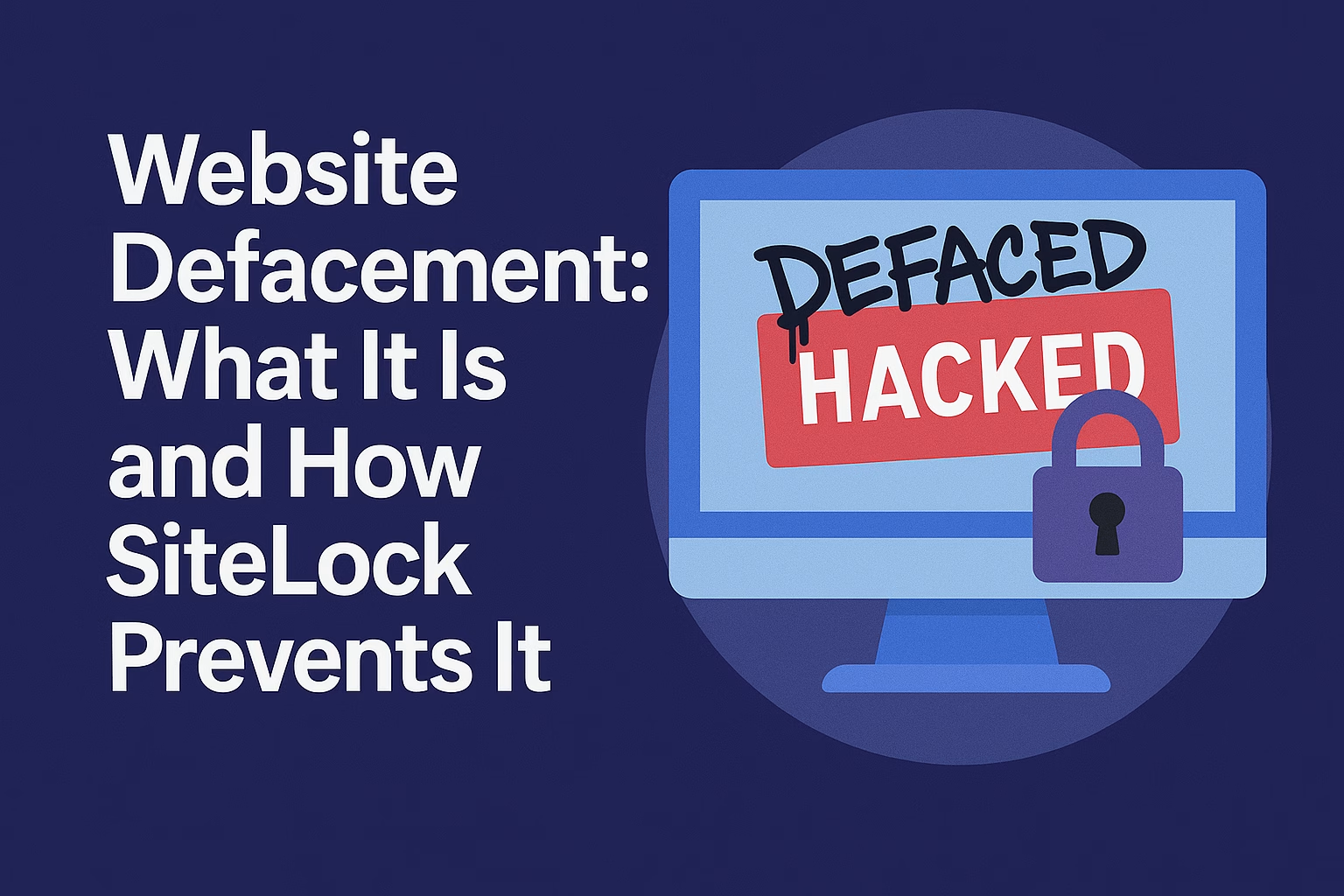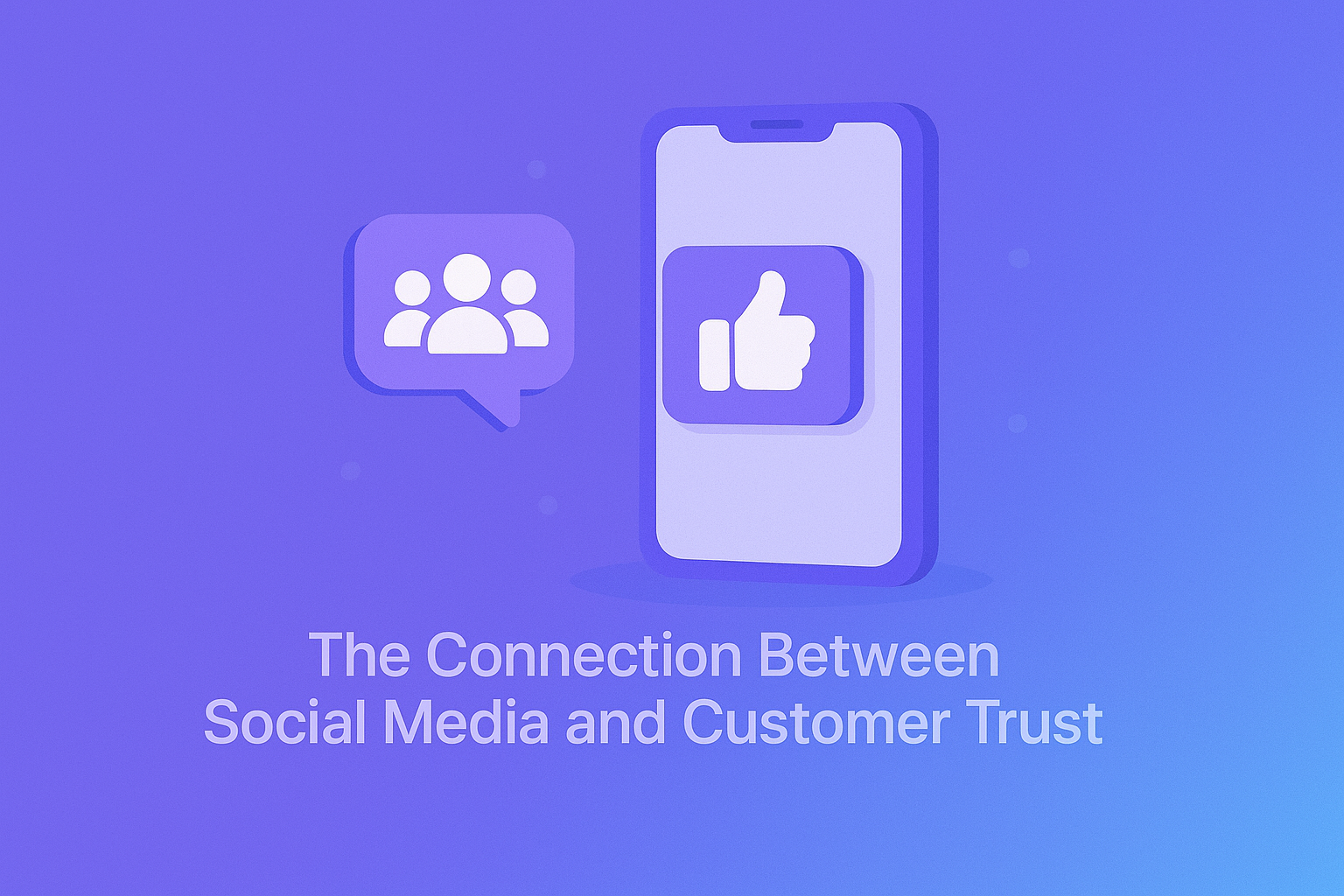You wake up one morning, open your website…
And instead of your homepage, you see:
“Hacked by [Random Name]”
A flashing image or political message
Loud music playing
Or worse—offensive or inappropriate content
This isn’t just embarrassing—it’s a full-blown website defacement.
Let’s break down what defacement really is, why it happens, and how SiteLock, available through PLiKhost, protects your website from becoming a hacker’s canvas.
🎭 What Is Website Defacement?
Website defacement is when an attacker:
-
Gains unauthorized access to your site
-
Alters your homepage or inner pages
-
Replaces your content with their own message
-
Often includes their hacker alias, ideology, or offensive media
Unlike subtle malware attacks, defacement is loud and visible—meant to shame the victim or spread propaganda.
🧨 Why It Happens
Common reasons websites get defaced:
-
Vulnerable WordPress plugins or themes
-
Outdated CMS or admin panels
-
Weak passwords or brute-force attacks
-
Lack of a firewall or malware scanner
You don’t have to be famous to be targeted—many defacers attack at random, just for fun or street cred.
🛡️ How SiteLock Prevents Defacement
✅ 1. Malware & Vulnerability Scanning
SiteLock scans your site daily to identify:
-
Known malware signatures
-
Hidden backdoors
-
Vulnerable files or plugins
By catching these early, SiteLock prevents the initial break-in that could lead to defacement.
✅ 2. SMART Auto Malware Removal
If malicious code is detected, SiteLock’s SMART technology can:
-
Automatically clean the infected file
-
Quarantine dangerous scripts
-
Restore original, clean versions
This helps reverse a defacement immediately, even before you notice it.
✅ 3. Web Application Firewall (WAF)
SiteLock’s WAF blocks:
-
Brute-force login attempts
-
SQL injection
-
Cross-site scripting (XSS)
-
Bad bot traffic
By filtering malicious requests before they reach your site, SiteLock helps stop defacers at the door.
✅ 4. File Change Monitoring
SiteLock keeps track of your files—and if something changes unexpectedly, like your homepage getting replaced, it can:
-
Alert you instantly
-
Trigger automatic cleanup (on supported plans)
This is crucial for stopping ongoing attacks before they spread deeper.
💡 Who’s at Risk?
Everyone.
Even small websites, blogs, or personal portfolios have been defaced—often because they use outdated CMS platforms, free themes, or weak admin passwords.
🔒 The best defense is real-time, proactive protection—which SiteLock provides out of the box.
🔧 Quick Recovery with PLiKhost
If your site ever is defaced, SiteLock (with PLiKhost) helps you:
-
Scan and identify infected files
-
Remove or restore the correct content
-
Submit delisting requests if blacklisted by Google
-
Block further attacks immediately with WAF
And it does this without needing technical skills.
✅ Final Thoughts
Website defacement is more than just embarrassing—it damages your reputation, hurts your SEO, and makes your visitors question your trustworthiness.
But it’s 100% preventable.
With SiteLock + PLiKhost, you get:
-
Real-time scanning
-
Automatic cleanup
-
Attack prevention at the DNS level
-
Peace of mind
🟢 Don’t wait until it happens.
Add SiteLock to your PLiKhost hosting today and keep your homepage safe from intruders.






